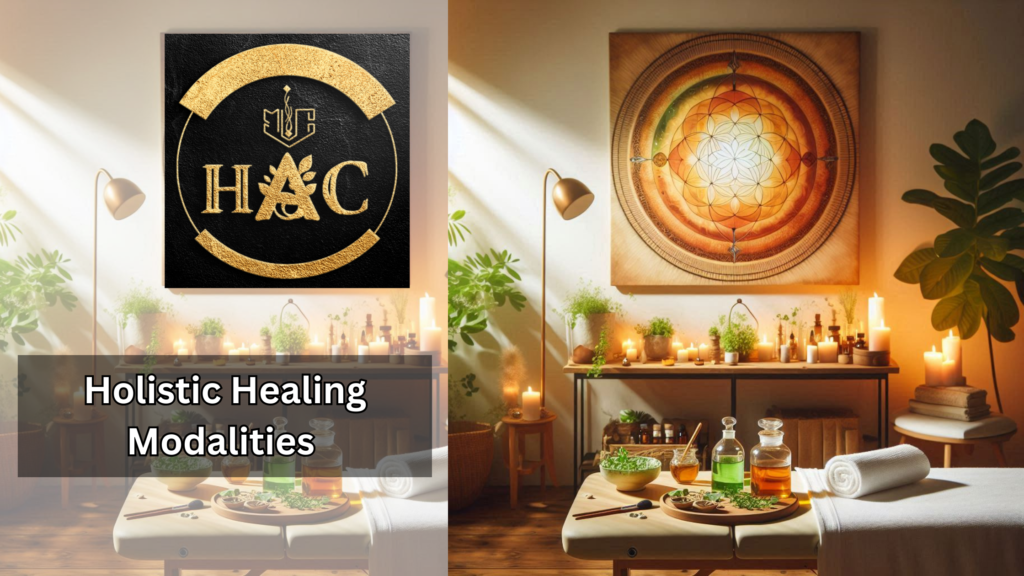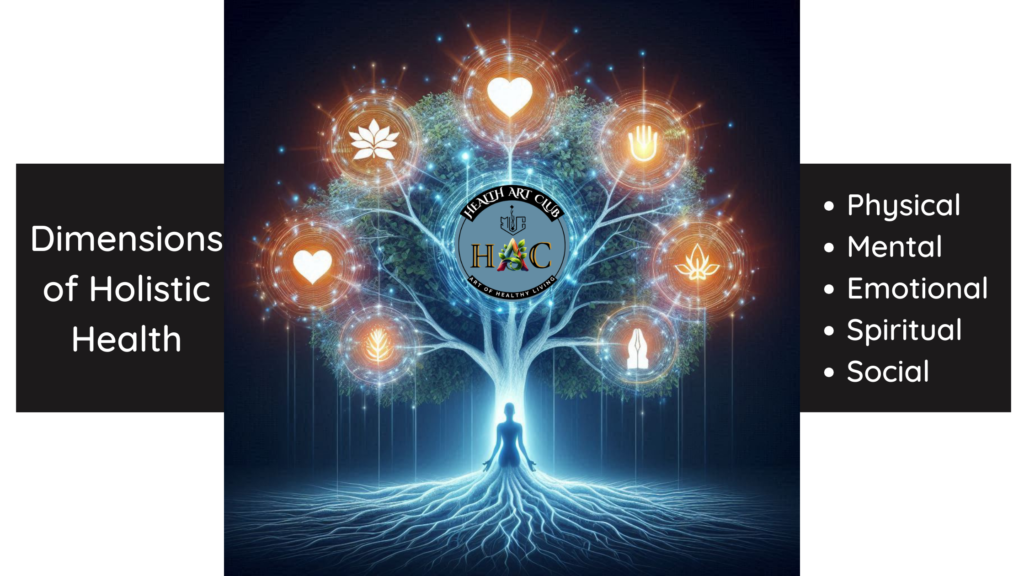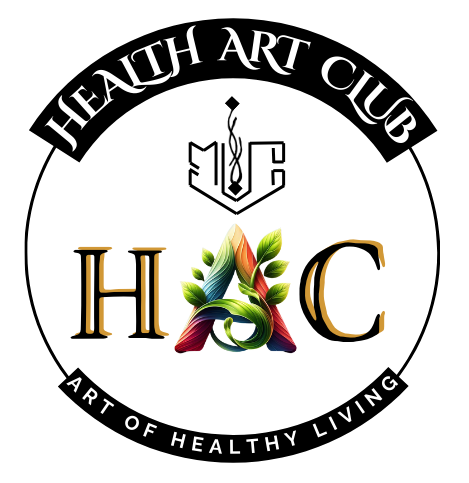The integrative approach of holistic healing extends beyond buzzword fashion because it promises transformation by studying every aspect of oneself between physical traits, mental state, and spiritual condition. This extensive guidance explores the principles of holistic healing along with its different therapeutic approaches and practical steps toward starting your pathway to holistic healing.

Introduction: What is Holistic Health Healing?
Holistic health healing uses integrative care designed to pinpoint underlying health factors ahead of symptom relief methods. Within holistic healing, a patient’s health gets examined as a network of physical, emotional, mental, and spiritual components in a way that conventional medicine misses through its specialized disease-based approach
The Holistic View of Healing
The holistic view of healing centers on balance. When experiencing a headache, other factors beyond physical discomfort become important because they might indicate stress levels and nutrition deficits together with disrupted energy flow patterns. The combined treatment of these interconnected health factors works toward restoring balance while supporting extended beneficial health results.
What Are the Types of Holistic Healing?
Most healing modalities within the holistic domain address specific needs between individuals. Below are some popular approaches:
What is Holistic Energy Healing?
Holistic energy healing focuses on manipulating the body’s natural energy fields to achieve both mental wellness and physical health benefits. Common techniques include:
- Reiki: Skills in holistic energy healing include the use of either minimal touch or hand movements to transfer healing energy.
- Acupuncture: Through body point stimulation, practitioners work to create balance in the flow of the life force known as Qi.
- Energy Healing Therapy: Techniques like chakra balancing and aura cleansing.
What is Holistic Healing Massage?
Holistic healing massage incorporates the principles of relaxation and energy flow to treat not just physical tension but also mental stress. Methods include:
- Swedish Massage: Relaxes muscles and improves circulation.
- Shiatsu Massage: Healing practitioners use targeted pressure points that help free blocked energy
- Aromatherapy Massage: Combines massage with essential oils for therapeutic effects.
Types of Holistic Healing Methods
Holistic healing presents a diverse selection of treatments that focus on serving bodily needs alongside emotional development and spiritual well-being. Here’s a detailed exploration:
Bodywork Therapies
These involve physical manipulation of the body to restore balance.
- Reflexology: Therapists use hand pressure on designated areas in the fingers and feet to affect different parts of the body.
- Rolfing: Aligns the body’s structure through deep tissue manipulation.
- Chiropractic Care: Focuses on spinal alignment to improve nervous system function.
Energy Practices
Energy-based techniques aim to harmonize the flow of life energy.
- Tai Chi: Combines gentle physical movements with mindfulness to enhance energy flow.
- Qi Gong: Body energy generation happens through the integration of posture systems supported by movement patterns and breathing techniques.
- Vibrational Therapies: Types of treatment expose the body to precise frequencies combined with vibrations to realign energy systems.
Mind-Body Techniques
These methods connect the mind and body to support healing:
- Guided Imagery: Through visualization, patients can experience relaxation and emotional healing.
- Biofeedback: Students learn to manipulate their heart rate alongside other bodily physiological responses.
- Hypnotherapy: A therapeutic approach that works with suggestion and focused attention to obtain effective results.
Different holistic healing approaches ensure that patients get custom care when they look for full health solutions.
What is Integrative Health and Healing?
Patients receive complete healthcare through integrative health and healing by uniting traditional medical approaches with alternative holistic techniques. For example, cancer patients use combination therapy that includes chemotherapy alongside acupuncture and meditation as an approach to manage their treatment side effects.
Benefits of Integrative Health Approaches
- Personalized Care: Focuses on individual needs.
- Comprehensive Treatment: Addresses physical and emotional well-being.
- Improved Quality of Life: Such care counteracts stress while improving sleeping habits and elevating emotional states.
What Are Holistic Healing Methods?
Holistic healing consists of multiple healing techniques representing diverse medical disciplines, each containing separate treatment priorities.
Natural Healing Therapy
Nature-based restoration methods use non-invasive natural treatments to achieve medical well-being.
- Herbal Medicine: Plants serve as natural medicinal compounds according to this therapeutic method.
- Homeopathy: Natural doctors provide therapy incorporating minuscule doses from natural sources
- Naturopathy: The body’s innate healing mechanisms can be activated by changing food choices along with movement patterns and daily routines.
Learn more about Naturopathy here.
Alternative Healing Therapies
Alternative healing methods operate away from standard medical systems. Examples include:
- Ayurveda: Ayurveda functions as an Indian traditional medicine system that uses diet together with meditation to obtain health balance.
- Traditional Chinese Medicine (TCM): Practices like Tai Chi, Qi Gong, and acupuncture.
- Energy Modalities: Healthcare practitioners use biofield tuning combined with crystal healing procedures.
Holistic Pathways to Healing
Holistic pathways explore mental and emotional recovery through therapies such as:
- Meditation and Mindfulness: Encouraging presence and clarity.
- Art and Music Therapy: Channeling creativity for emotional release.
- Yoga: Movement alongside breathing exercises helps people achieve the balance between physical well-being and mental clarity along with spiritual elevation.
These pathways deliver accessible solutions suited to individuals so they build comprehensive wellness methods

How Do You Start Healing Holistically?
Holistic healing offers simple paths to transformation, although the process initially appears challenging.
Holistic Healing Tips for Beginners
- Evaluate Lifestyle Choices: Check what you eat daily and evaluate your exercise program and your stress management.
- Set Goals: Explore how you want “wellness” to look in your life.
- Find Trusted Practitioners: Seek experienced professionals for guidance.
- Incorporate Daily Practices: : Healthy beginnings toward holistic recovery start with simple daily activities such as writing in a journal along with breathing practices and yoga sessions.
- Listen to Your Body: Pay attention to physical and emotional signals.
What Are the Components of Holistic Health?
Holistic health comprises five dimensions:
- Physical: Diet, exercise, and sleep.
- Mental: Cognitive stimulation and emotional balance.
- Emotional: Stress management and emotional resilience.
- Spiritual: Personal values, purpose, and connection.
- Social: Relationships and community engagement.
How Can You Build a Holistic Healing Chart?
A holistic healing chart represents the relationship between different health elements. Here’s how to create one:
- List Core Areas: A healing approach should incorporate dimensions that include physical, mental, spiritual, emotional, and social aspects.
- Set Key Goals: Professional healthcare planners should authorize definitive performance objectives for each segment of treatment.
- Track Progress: Your healing chart requires updates after every physical transformation and new achievement.
- Identify Blockages: Mark areas needing extra focus.
Consult Our Experts to gain comprehensive health and wellness.
Conclusion
Holistic health healing is not just a method but a lifestyle. When holistic approaches focus on healing the entirety of body, mind, and spirit, they assist people in developing permanent wellness paths and deep awareness of health connections.
Holistic healing methods provide diverse methods for discovery and balance restoration through practices including healing by energy flows and body transformation systems together with naturopathic approaches such as Ayurveda. These approaches team up with people to explore the above physical symptoms, which leads them to find and resolve underlying causes of discomfort in comprehensive ways.
Each step on your holistic healing journey holds significant worth. The focus of your exploration between energy practices and natural therapies alongside mindfulness practice starts with a commitment to personal transformation along with an open mindset. Does your life need healing through holistic wellness practices? Your transformative journey awaits!
Frequently Asked Questions (FAQ)
What is a Holistic Healing Therapy?
Holistic healing therapy collectively describes treatment modalities that work to restore mental and physical equilibrium to entire persons through modalities such as aromatherapy, massage therapy, and Reiki.
What is Alternative Healing Therapy?
Alternative healing medicine includes practices beyond traditional medical care such as acupuncture, Ayurveda, and herbal medicine that serve as either complementary or alternative to conventional treatments.
What is Energy Healing Called?
Energy healing includes multiple techniques where Reiki and chakra balancing stand out as the most popular methods.
How to Do Holistic Healing?
Evaluating your overall health condition should be your starting point for developing your holistic healing approach while considering professional holistic help for needed treatments.
Read more about holistic medicine from Authentic Resource here.
